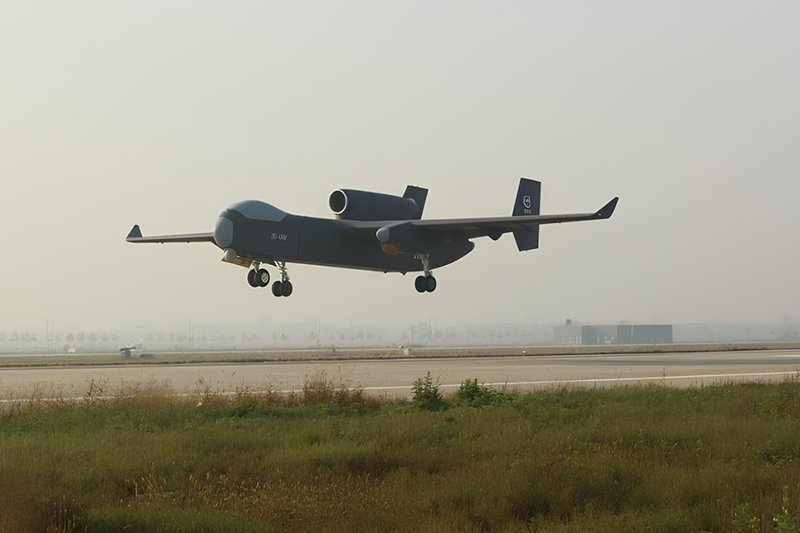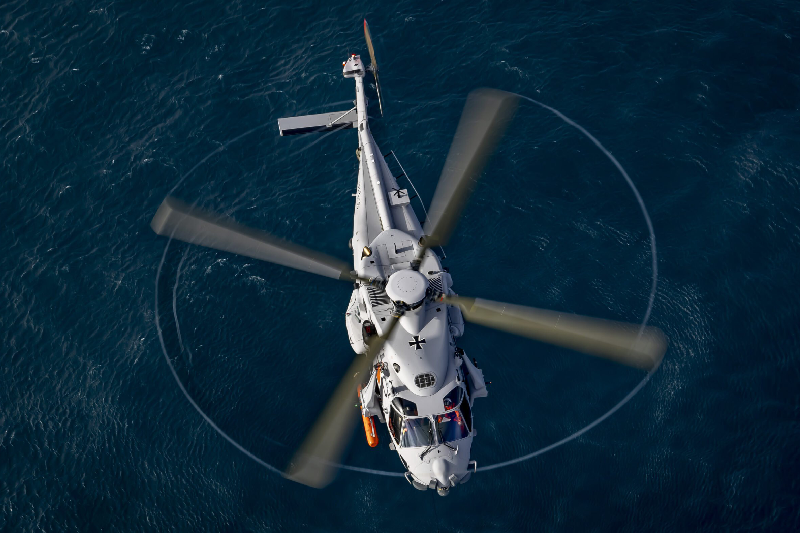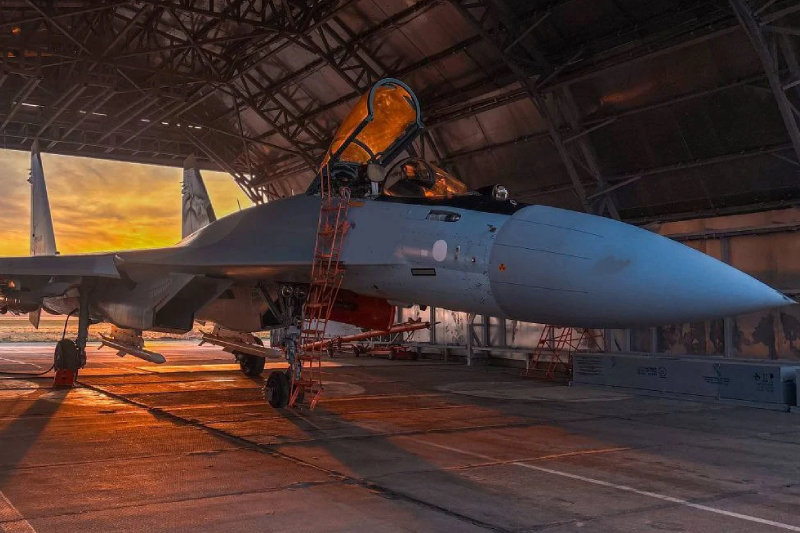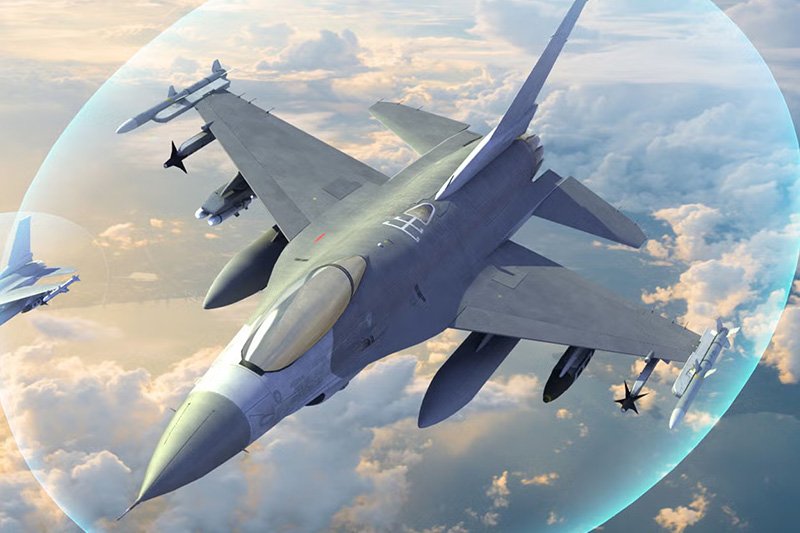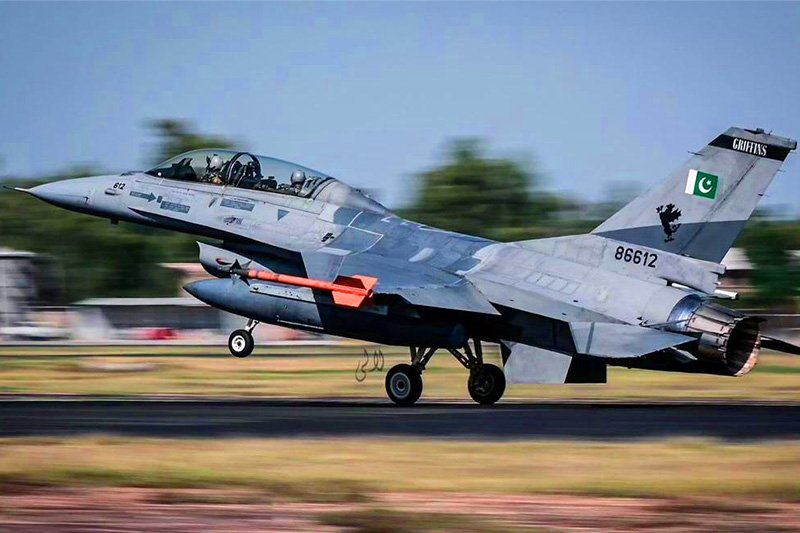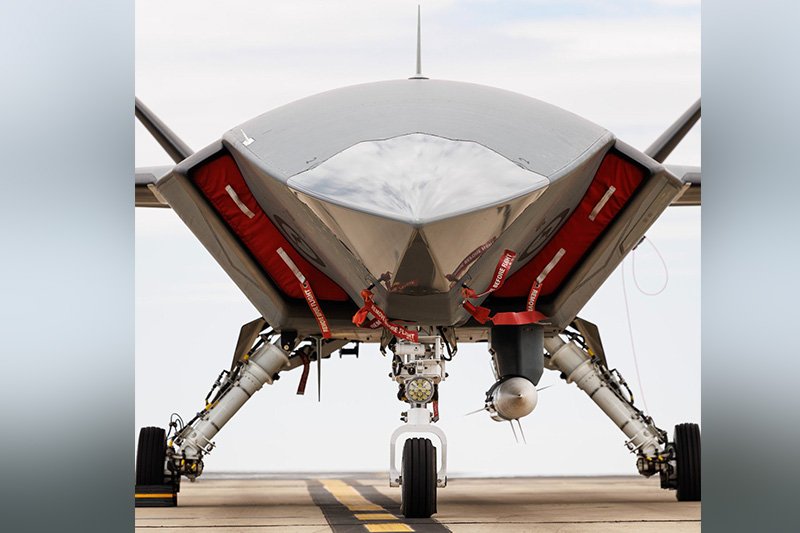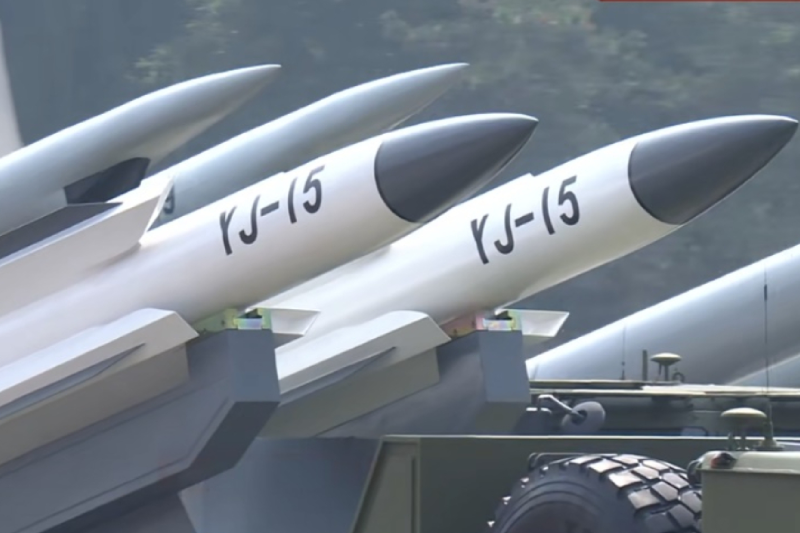China Showcases New YJ-Series Hypersonic Missiles at Parade
China’s military parade featured a groundbreaking display of the YJ-15 missile, YJ-19, YJ-17, YJ-20 hypersonic missiles, marking a revolutionary advancement in naval warfare capabilities. The Wednesday showcase commemorating the 80th anniversary of victory demonstrated how these YJ-15 missile, YJ-19, YJ-17, YJ-20 hypersonic missiles represent diverse technological pathways in China’s hypersonic weapons development. Military experts emphasize that existing global anti-ship missile defense systems face unprecedented challenges in intercepting these sophisticated weapons.
Revolutionary Anti-Ship Missile Formation
The V-Day military parade showcased four distinct YJ-series anti-ship missiles, with three classified as hypersonic weapons. This comprehensive arsenal demonstrates China’s mastery of multiple hypersonic technologies, each adopting unique configurations and operational characteristics. The missiles can be deployed across various platforms including shipborne aircraft, surface vessels, and submarines.
Military expert Wang Yunfei highlighted that the different appearances and configurations of these missiles indicate diverse technological approaches. This variety ensures comprehensive coverage of naval engagement scenarios while maximizing the difficulty of defensive countermeasures.
YJ-15 Missile
The YJ-15 missile represents the smallest among the four new anti-ship weapons, featuring similarities to the previously showcased YJ-12 supersonic missile. Both weapons utilize an axisymmetric four-inlet layout, indicating advanced supersonic flight capabilities. This configuration enables high-speed engagement while maintaining operational flexibility.
The missile’s compact design allows deployment from multiple platforms while delivering devastating anti-ship capabilities. Its supersonic speed provides tactical advantages in rapid engagement scenarios, reducing enemy response time and increasing hit probability against high-value naval targets.
YJ-17 Hypersonic Missile
The YJ-17 anti-ship missile incorporates boost-glide waverider configuration technology, achieving true hypersonic performance characteristics. Its flat warhead design enables flexible maneuvering and trajectory modifications during flight, significantly complicating interception efforts by enemy defense systems.
This waverider configuration represents advanced aerodynamic engineering, allowing the missile to ride its own shock waves for sustained hypersonic flight. The resulting unpredictable flight patterns make defensive calculations extremely challenging, providing substantial tactical advantages in naval combat scenarios.

YJ-19 Hypersonic Missile
The YJ-19 stands out with its distinctive air-breathing hypersonic cruise missile design, featuring an air inlet beneath the missile body. This configuration eliminates the need for built-in oxidants, significantly reducing missile volume and weight while enhancing performance capabilities.
Military expert Fu Qianshao emphasized that the air-breathing design represents strategic technological breakthroughs. By obtaining oxygen during flight through the air inlet, the YJ-19 achieves greater efficiency and potentially higher speeds, with capabilities reaching Mach 10 or beyond. This tactical missile’s engineering innovations carry strategic significance for future weapons development.

YJ-20 Hypersonic Missile
The YJ-20 anti-ship missile adopts a distinctive bi-conic configuration, resembling ballistic missile characteristics while maintaining hypersonic capabilities. Its larger size suggests deployment from major warships, providing long-range anti-ship capabilities against high-value targets.
Expert Zhang Junshe explained that the YJ-20’s bi-conic design creates protective shock waves during hypersonic flight. The small cone at the warhead’s top shields air rudders, enabling terminal phase maneuvering that enhances defense penetration capabilities. This missile can strike large surface vessels at nearly vertical angles, maximizing impact effectiveness.

Hypersonic Technology Classifications
Military experts distinguish between two primary hypersonic missile categories. Boost-glide hypersonic missiles like the YJ-17 combine boosters with gliders, providing superior maneuverability compared to traditional ballistic missiles. These weapons achieve significant lateral and longitudinal atmospheric maneuvers, making flight path predictions extremely difficult.
Air-breathing hypersonic cruise missiles, exemplified by the YJ-19, utilize scramjet engine technology for full-course powered flight. These weapons maintain smaller sizes while achieving faster speeds and superior maneuverability compared to other hypersonic systems.
Multi-Platform Deployment Capabilities
The four YJ-series missiles demonstrate exceptional platform versatility, capable of deployment from Type 052D and Type 055 destroyers, H-6 series bombers, carrier-borne fighter jets, and attack submarines. This multi-platform capability enhances tactical flexibility while complicating enemy defensive preparations.
Wang emphasized that configuration richness combined with platform diversification creates multiple strike approaches. This versatility ensures China possesses subsonic low-altitude penetration missiles, hypersonic boost-glide weapons, and unpredictable air-breathing hypersonic systems.
Defense System Challenges
Existing anti-ship missile defense systems worldwide face unprecedented challenges when confronting these advanced weapons. Each missile type presents unique interception difficulties, and combined deployment approaches create nearly insurmountable defensive scenarios.
The technological diversity ensures that traditional defense systems cannot develop universal countermeasures. Different flight profiles, speeds, and maneuvering capabilities require distinct defensive approaches, overwhelming current protection systems’ capabilities.
Also read this: China Showcases New Torpedoes and Sea Mines at Military Parade
Strategic Implications for Naval Warfare
Zhang noted that these four anti-ship missiles provide diverse technological pathways for naval operations, significantly expanding China’s maritime combat capabilities. The rich platform options enable deployment across various military branches, improving far-seas combat abilities and increasing national defense depth.
The missiles’ collective capabilities reduce opponent fleet maneuvering space and intervention potential, serving as powerful deterrents for maritime sovereignty protection. This technological advancement positions China at the forefront of modern naval warfare innovation.
China’s debut of four advanced YJ-series anti-ship missiles represents a quantum leap in naval warfare technology. The combination of diverse hypersonic technologies, multi-platform deployment options, and unprecedented defensive challenges creates a comprehensive maritime strike system. These developments will fundamentally reshape naval engagement strategies and international maritime security dynamics for decades to come.
Keep connected with us at Facebook, Twitter, YouTube, Instagram & TikTok for latest defense happening around the globe.
Discover more from International Defence Analysis
Subscribe to get the latest posts sent to your email.


